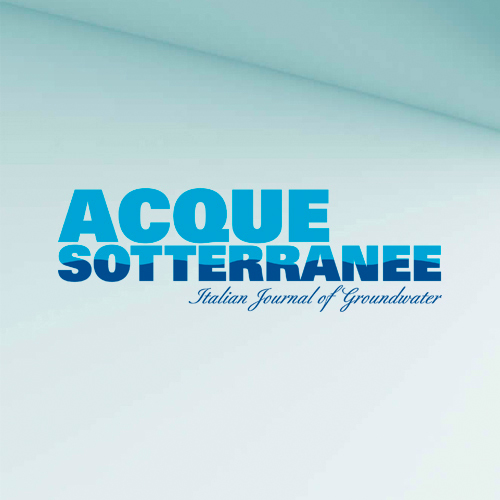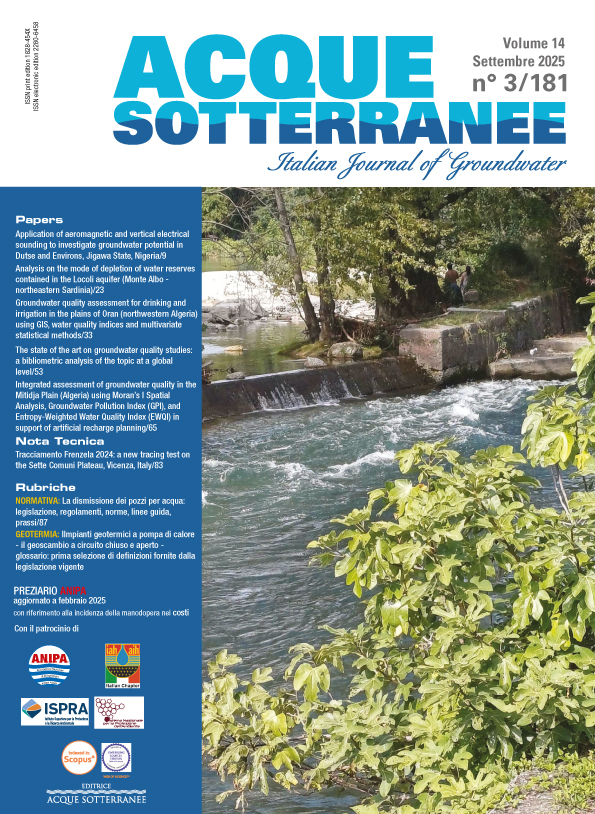Analysis on the mode of depletion of water reserves contained in the Locoli aquifer (Monte Albo - northeastern Sardinia)

All claims expressed in this article are solely those of the authors and do not necessarily represent those of their affiliated organizations, or those of the publisher, the editors and the reviewers. Any product that may be evaluated in this article or claim that may be made by its manufacturer is not guaranteed or endorsed by the publisher.
Authors
This paper presents analytical insights based on hydrogeological monitoring data collected in a specific portion of Monte Albo, the Locoli aquifer, located in the Mesozoic limestones of north-eastern Sardinia: these analyses were carried out by processing the data of the variations in water level in the aquifer, acquired in collaboration with some Sardinian speleological groups. In particular, a first in-depth analysis concerned the water level measurements relating to the emptying phases of the karst aquifer that occurred between 2009 and 2024 in unaffected regime. The use of high-precision pressure (level) gauges and fixed monitoring stations allowed the processing of homogeneous data, the analysis of which made it possible the reconstruction of a curve that represents the typical trend of water level decreases in the karst aquifer during the low-water phase. The reconstruction of the ways in which the aquifer empties over time was then compared to some flow rates measured in the underground stream that drains the same aquifer and transmits water towards the karst spring of Fruncu ‘e Oche, the main perennial water resurgence in Monte Albo. Measurements of these flows were carried out by the cave divers of Phreatic Aps in the post-siphon environments of the Locoli cave, during a particularly dry period such as August 2024. Finally, the combined analysis of level decreases and flow rates of the underground stream made it possible to estimate, with good approximation, the water reserves stored in the Locoli aquifer during the low water phase. A planned and sustainable management of these water volumes, which correspond to approximately 3 Mm3 contained in 0.5 m thick of the aquifer, could be very useful in mitigating the effects of the now recurring water crises that negatively impact the aqueduct system that supplies the Baronia region.
How to Cite

This work is licensed under a Creative Commons Attribution-NonCommercial 4.0 International License.








